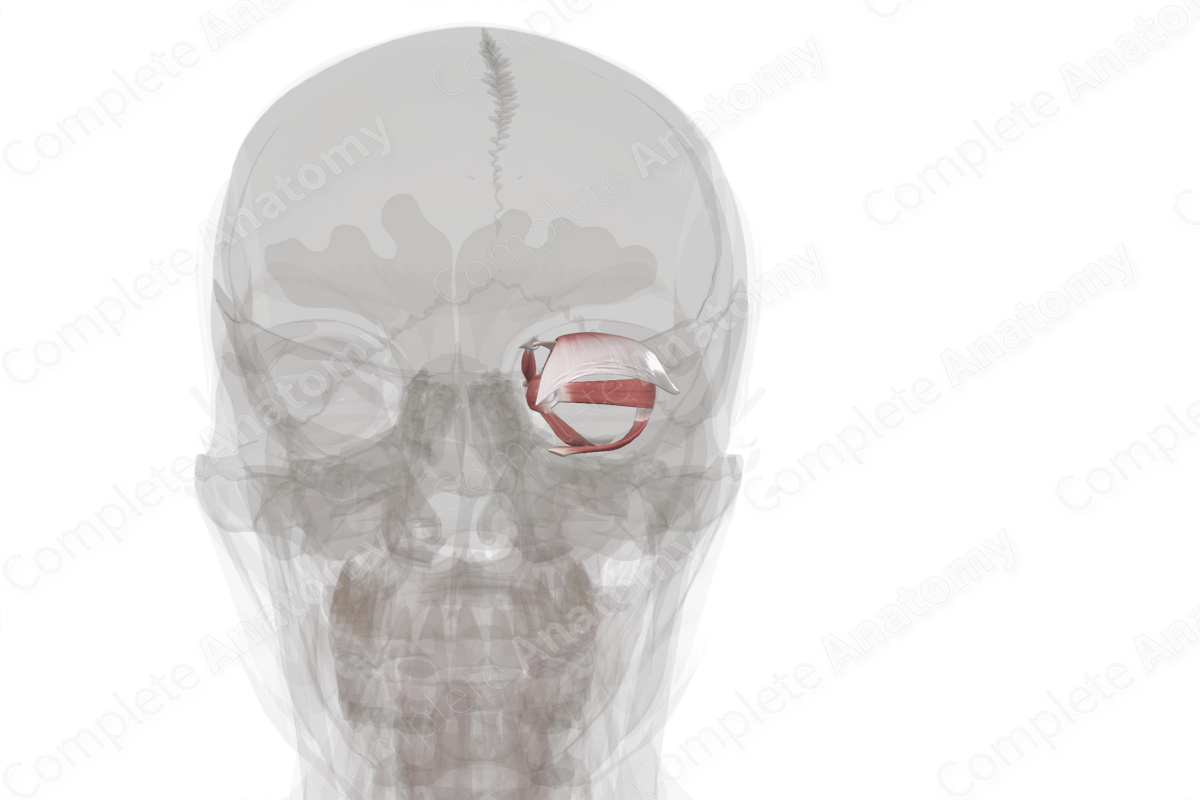
Description
The seven extraocular muscles are skeletal muscles attached distally to the external surface of the eyeball or the tarsal plate of the upper eyelid. Of those that move the eyeball, there are six, including two oblique muscles, superior and inferior, and four recti muscles, superior, inferior, lateral, and medial. Together they move the eyeball to orient the visual world (in concert with the balance system) and to direct gaze. The muscle attached to the upper eyelid, levator palpebrae superioris, raises the lid.
Movement of the eyeball can occur around three axes. The vertical and transverse (horizontal) axes direct the pupil from its primary position, while the anteroposterior axis directs movement of the superior pole of the eyeball from a neutral position.
Movement around the vertical axis moves the pupil either medially or laterally, resulting in abduction or adduction, respectively. Movement around the transverse axis directs the pupil either superiorly or inferiorly, resulting in elevation or depression of the pupil, respectively.
Movement around the anteroposterior axis moves the superior pole of the eyeball either medially or laterally, resulting in intorsion or extortion, respectively. Generally, movement of the eyeball involves all three axes, therefore, each muscle will have three terms describing its action from the primary position. The precise motion produced by contraction of each muscle is dependent upon the position of the eye when the movement is initiated.
List of Clinical Correlates
- Congenital fibrosis syndrome




